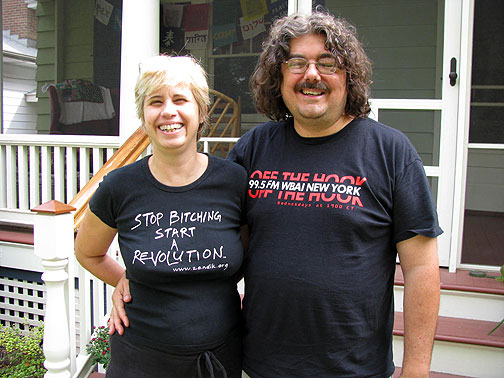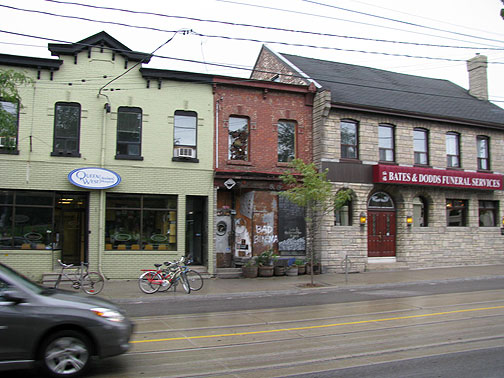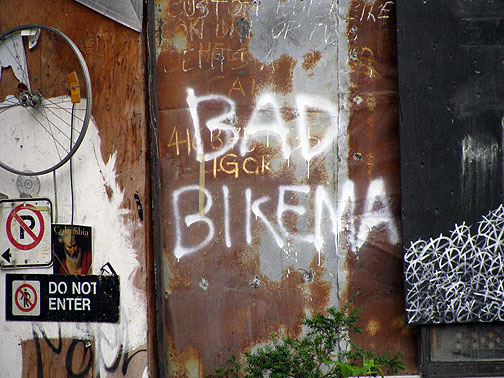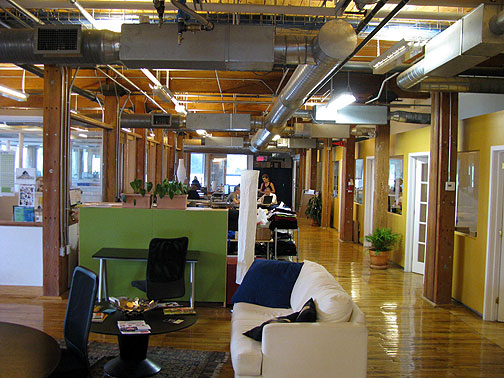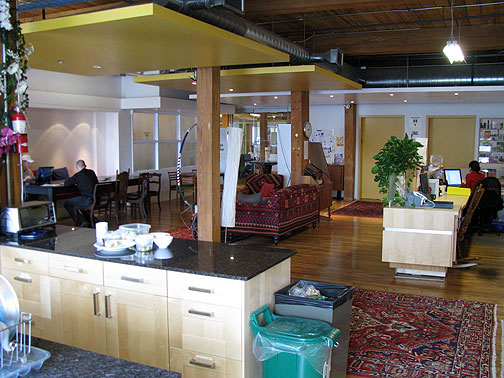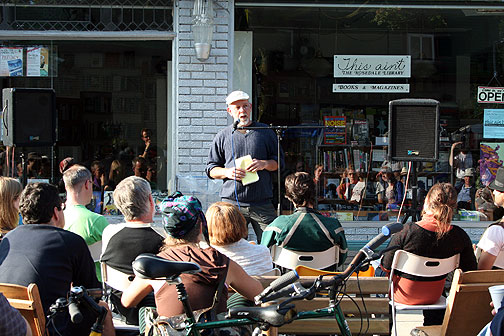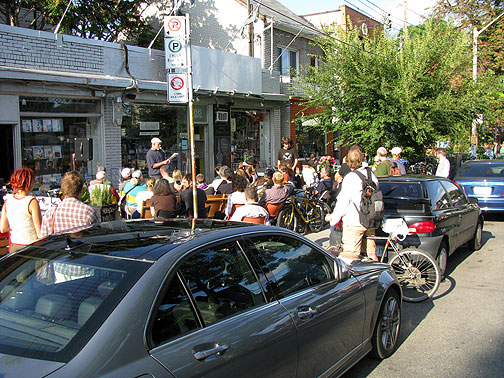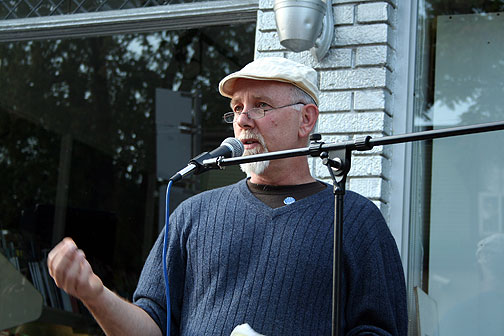I’ve been on the NY subway 7 times already today and have two more to go before getting to the airport in an hour or so… The noise in New York is really oppressive, but there are so many remarkable subtle things going on that sometimes you are charmed beneath the roar. An hour ago I was on the L train crossing into Queens and a young guy in front of me in a blue shirt with black sneakers sat strumming in his lap a tiny ukelele… he was practicing, more or less to himself, but it was suddenly just what I needed, transporting me far from the maddening screeches and rumble of the subway, its incessant clamor completely dominating. Earlier, as I entered the city in the upper east side on my way to meet Francesca at a museum (I had come from Penn Station where I was on the train down from Troy early this a.m.) I had that wonderful feeling upon ascending into the street at Lexington and 86th… New York! I breathed deeply, drinking it in, the endless sea of 30-story apartments in every direction, the cacophony of taxis and buses and trucks, the bustle and frenzy of pedestrians of all sorts… Nothing comes quite close to the specific sense of New York… ahhhhh.
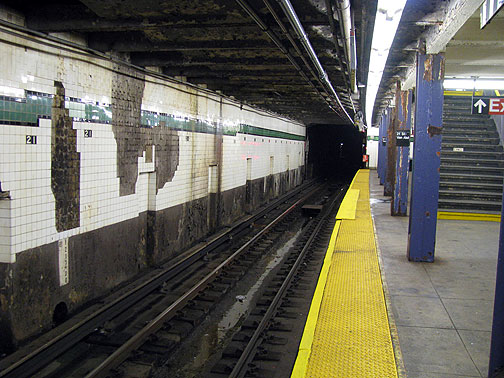
Note the creek running down the middle of the tracks and the utterly decrepit state of this G line station. The NY Subway wouldn’t last two days without constant effort to prevent flooding.
I wrote the rest of this on the train some hours ago:
I had a great time on Saturday hanging out with old friends Chris W. and Donald N-S, mostly in Donald’s apartment, then a brief walk through Grand Union Plaza where there is about 30 different displays of potential redesigns that visitors are asked to vote on with their cell phones. We had a lot of laughs, talked a lot of politics and life, and by late afternoon I headed over to Penn station to make my way to Highland Park, New Jersey, where Leigh and Bruno were hosting me for an evening get-together with their friends and neighbors.
About 15 folks showed up, mostly older, though one gal who was in her twenties (a “Christian anarchist”!… emphasis on the “Christian” I deduced from a brief conversation). I gave my Nowtopia talk in muggy east coast heat, fans struggling to push the turgid air around while we all sat sweating in the darkening night. The crowd liked the talk, and a pretty good discussion ensued. The highlight for me, which carried on the next morning, was hearing about Bruno’s work and situation. He’s a child psychologist, and as he describes it, he feels like a polar bear on an ever-shrinking patch of ice in the sea. He works for a hospital which he finds surprising for the great diversity of its client population, and described (in the wake of my talk about class composition, time theft, etc.) how he has eeked out some time, unpaid, with some coworkers, to create a small garden where they try to bring the kids they’re working with. Once the kids are finished with the hospital setting, they’ve managed to connect to Sustainable South Bronx and get some kids to carry on their newly discovered gardening activity there. (Highland Park is next to New Brunswick and Rutgers University, about 45 minutes south of NYC by train.) He also recounted growing up in an Italian neighborhood in Camden, across from Philadelphia, where the baker, the butcher, and all the old small neighborhood businesses were run by other families, how they organically shared their products in picnics and festivals, each filling their niche, everyone looking out for each other’s kids, etc. As he noted, it’s a bit like we’re all trying to recreate that world that existed in urban ethnic enclaves, though nowadays perhaps with a greater openness to diversity. On the other hand, part of what knits together such communities is precisely the sharp definition of “inside” and “outside” and if you’re outside, you’re really not welcome. Interesting to ponder in the midst of seeing new communities forming” part of my conclusion is always to critically note the subcultural exclusivity that sometimes permeates some Nowtopian communities (not to mention the sanctimonious self-righteousness that provides its foundation!).
Leigh was the person who invited me, and she, like me, has a long pedigree in political activism, starting in the 1970s with anti-nuke work. She had read both Nowtopia and After The Deluge, and was a warm and enthusiastic host. We had an easy and automatic affinity. Some of the folks who came over for my talk were old politicos too, probably ex-CPers, but at least half seemed like they didn’t have a huge political background. Over breakfast Leigh explained a bit about her job, which is in pharmaceutical advertising. Pays great, she’s able to steal a lot of time and resources to do her political activities, and she’s a great mole inside the beast. We chatted about the absurdity of the drug biz, how the big companies are of course not interested in selling cures for anything but want people to get on permanent daily regimes that require them to take their drugs, e.g. all the cholesterol control drugs, which are basically designed to manipulate the numbers that appear in blood tests, but have no real effect on people dropping dead from heart attacks. Leigh and Bruno occupy different niches in the medical-industrial complex, and have different relationships to their work, Bruno doing good work while being increasingly hemmed in by the Managed Care bureaucracies that work so hard to eliminate his function, or to make it utterly meaningless, while Leigh is able to thrive in the bifurcation, thinking very dark thoughts about what her biz does, but carrying on to make the easy big bucks and diverting her energy and resources to subversive activities. Together they embodied a snapshot of two sides of our contemporary relationship to work.
Continue reading From Redesigning Cities to Industrial Ruins

